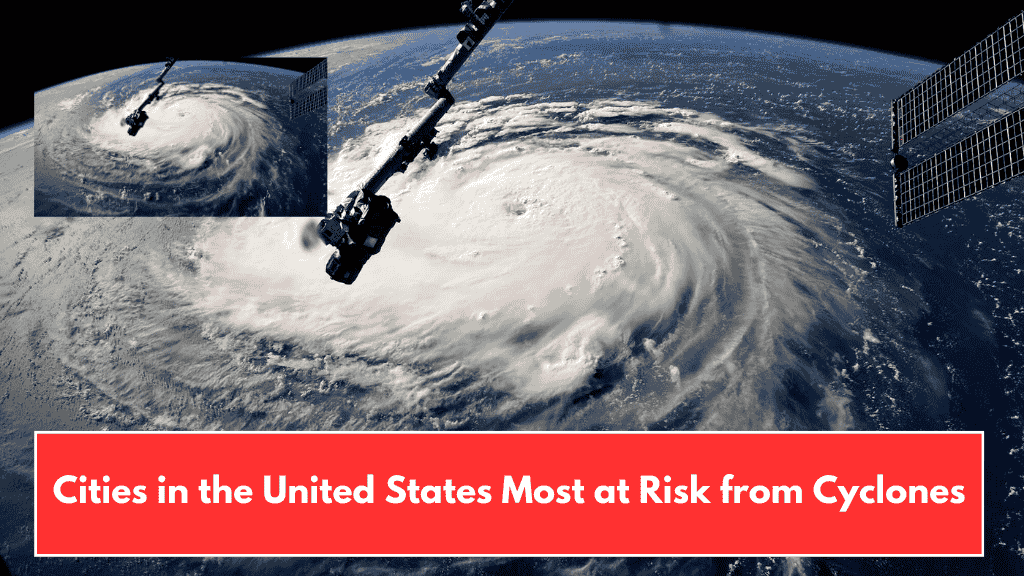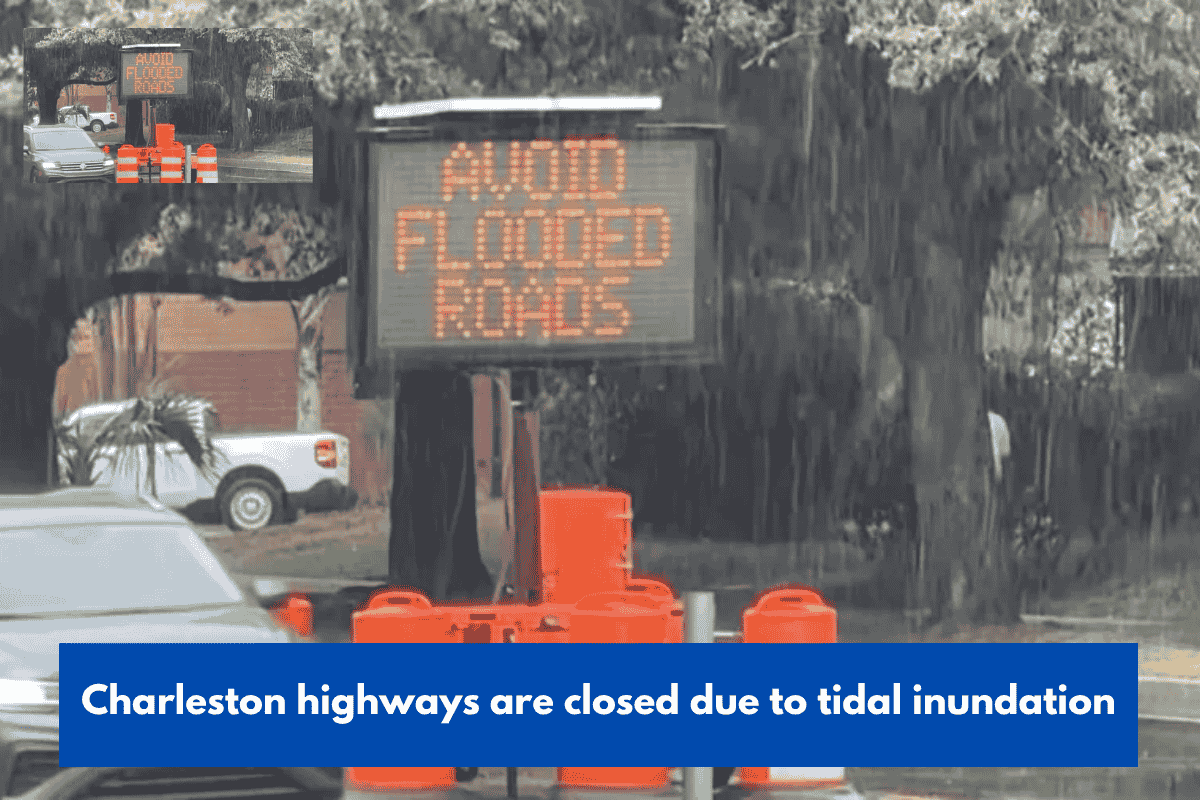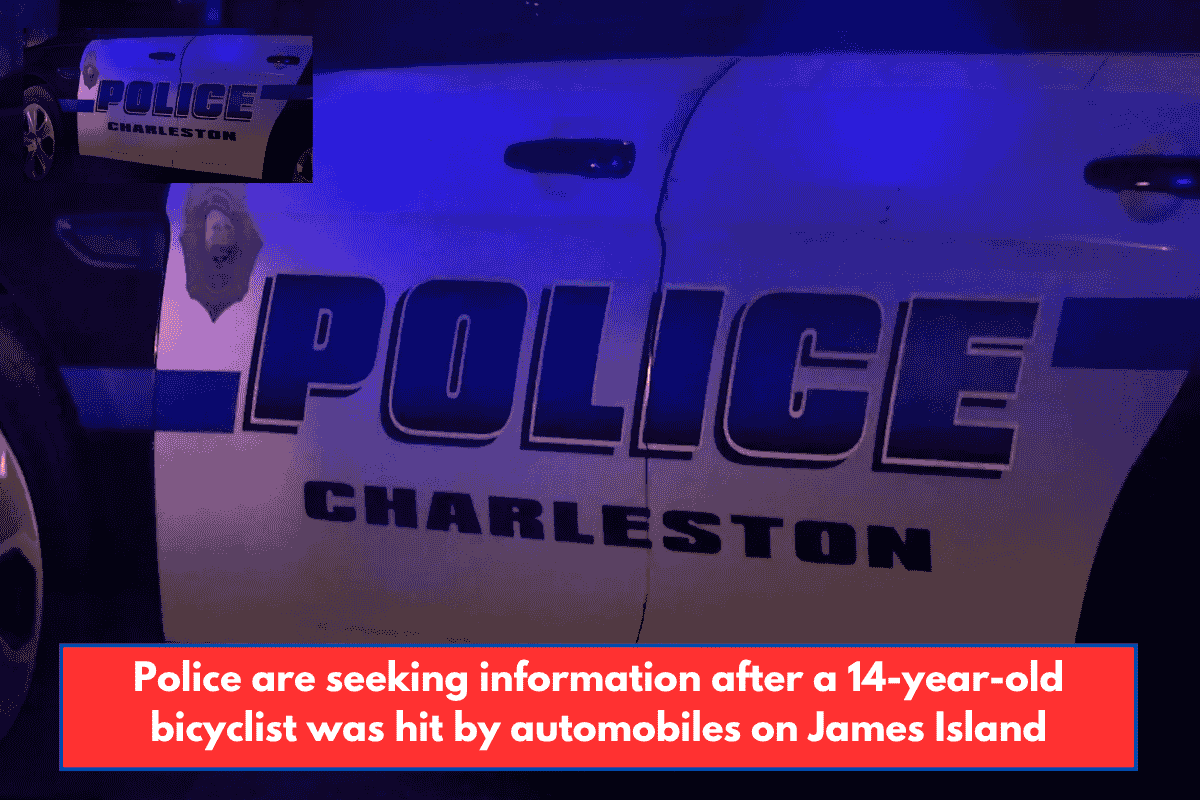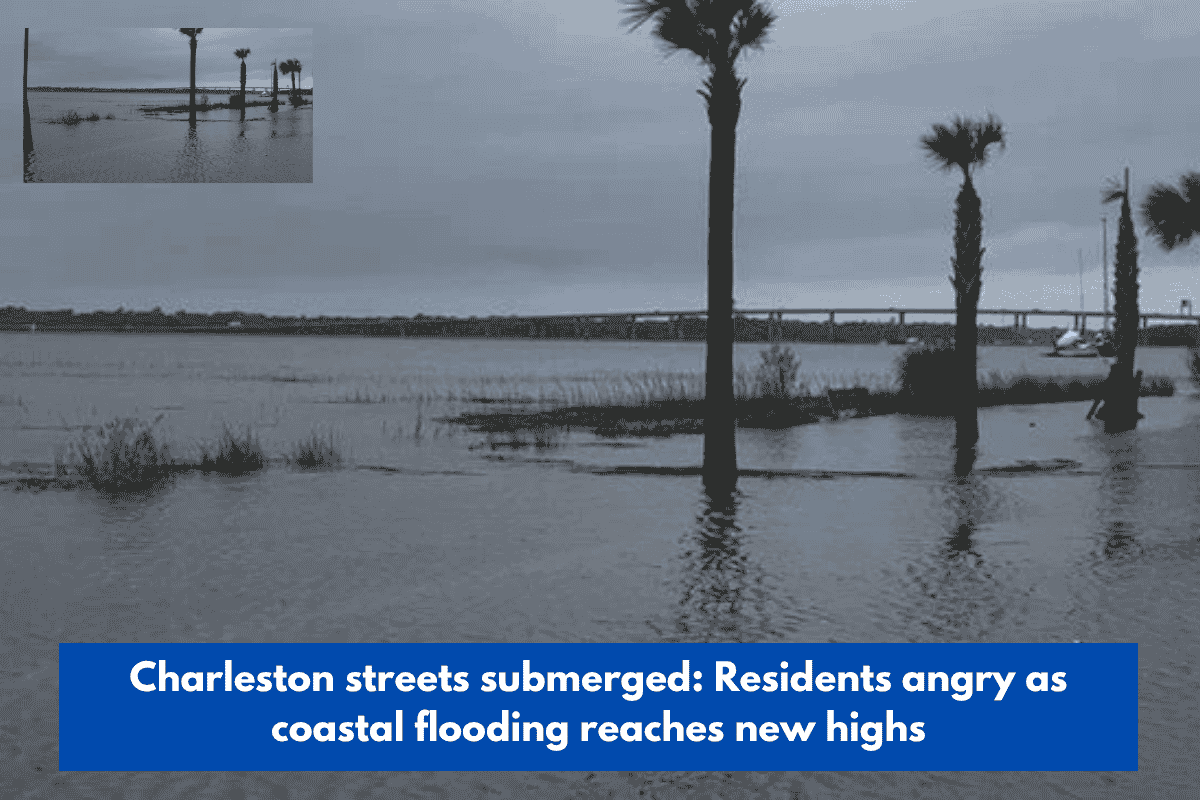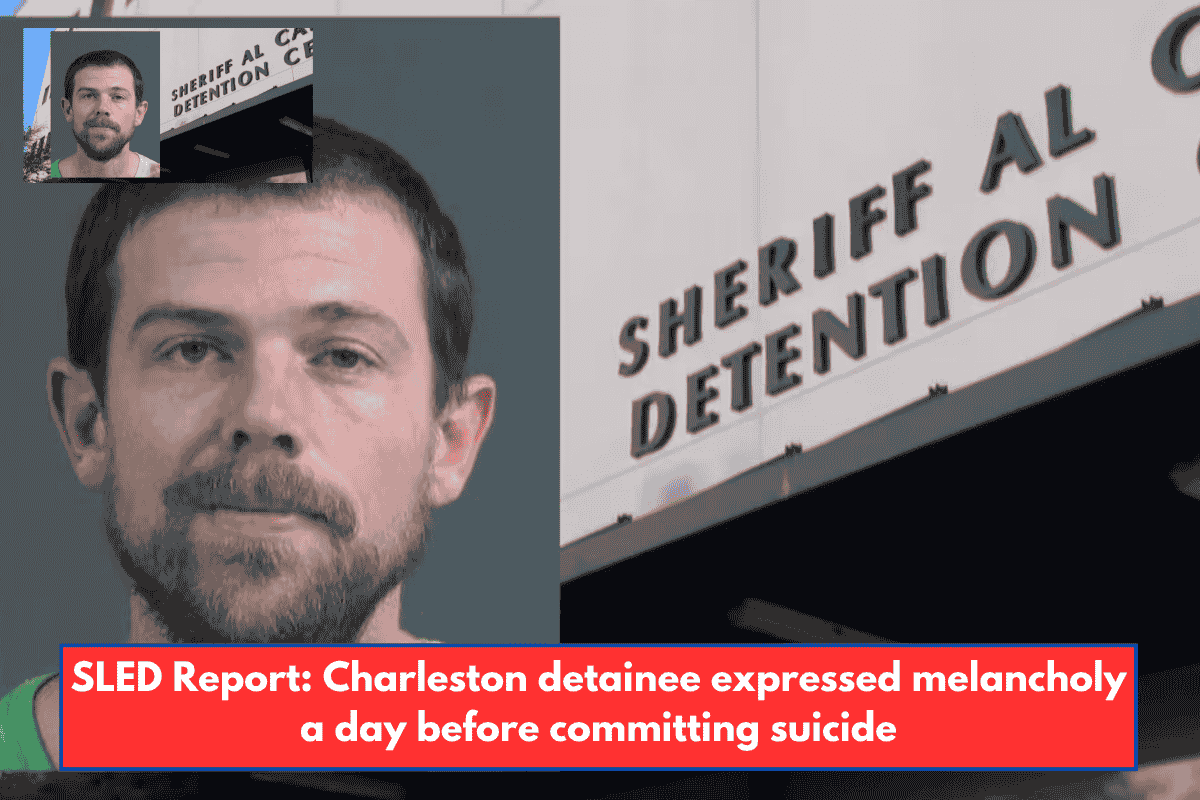Cyclones, known as hurricanes in the U.S., hit some cities harder than others every year. These powerful storms bring strong winds, heavy rain, and dangerous floods that can change lives overnight. While the entire coastal region stays alert during hurricane season, certain cities are more likely to face the worst of these storms. Let’s take a closer look at the U.S. cities most vulnerable to hurricanes and why they’re always in danger.
Miami, Florida
Miami is one of the most hurricane-prone cities in the U.S. It sits right at the southeastern edge of Florida, where many Atlantic hurricanes make landfall first. One of the worst hurricanes to hit Miami was Hurricane Andrew in 1992. It caused billions in damage and forced the city to improve its building rules. Miami is flat, densely populated, and just a few feet above sea level, which makes storm surges very dangerous. The nearby warm ocean waters also help strengthen hurricanes. Miami has strong emergency plans, but with rising sea levels due to climate change, the risk remains high.
New Orleans, Louisiana
New Orleans is remembered worldwide for the tragedy of Hurricane Katrina in 2005. This city lies below sea level and is surrounded by water — the Mississippi River and Lake Pontchartrain. This makes it very vulnerable to flooding. When the levees (flood barriers) failed during Katrina, it led to a huge disaster. Today, the city has stronger levees and better emergency systems, but the danger is still real. Warm Gulf waters nearby can quickly form powerful storms. People in New Orleans always stay prepared, especially during hurricane season.
Houston, Texas
Houston is a large city near the Gulf of Mexico. Its size and growing population put many people in danger during hurricanes. In 2017, Hurricane Harvey caused extreme flooding in the city. Some areas were underwater for several days. Houston’s flat land and many bayous (small rivers or streams) can’t drain water quickly, so floods happen easily. As the city grows, more concrete and buildings make it harder for rainwater to soak into the ground. Still, Houstonians are known for coming together and helping each other after storms.
Tampa, Florida
Tampa has been lucky in recent years, but experts warn that it’s still at serious risk. It sits along Florida’s Gulf Coast, where many hurricanes head. The city’s shape and shallow coastline make it especially vulnerable to storm surges. A direct hit from a strong hurricane could cause widespread damage. Many people in Tampa now take hurricane warnings seriously and have plans ready just in case.
Why These Cities Are on the Front Lines
These cities are located close to warm ocean waters — the main fuel for hurricanes. Flat land, high population, and poor drainage systems make it easier for storms to cause major damage. Also, climate change is making storms stronger and more frequent. Cities like Miami, New Orleans, Houston, and Tampa are doing their best to stay prepared, but nature’s power still poses a big challenge.
Conclusion
Hurricanes are natural disasters that can’t be stopped, but being ready can save lives. Cities like Miami, New Orleans, Houston, and Tampa have faced many strong storms and are likely to face more in the future. Learning from past storms, improving buildings, and having emergency plans can help reduce the damage. As climate change increases the risks, understanding which cities are most at risk is more important than ever. Whether you’re a student, traveler, or just curious about nature, knowing how these cities cope with hurricanes shows the strength and spirit of their communities.

